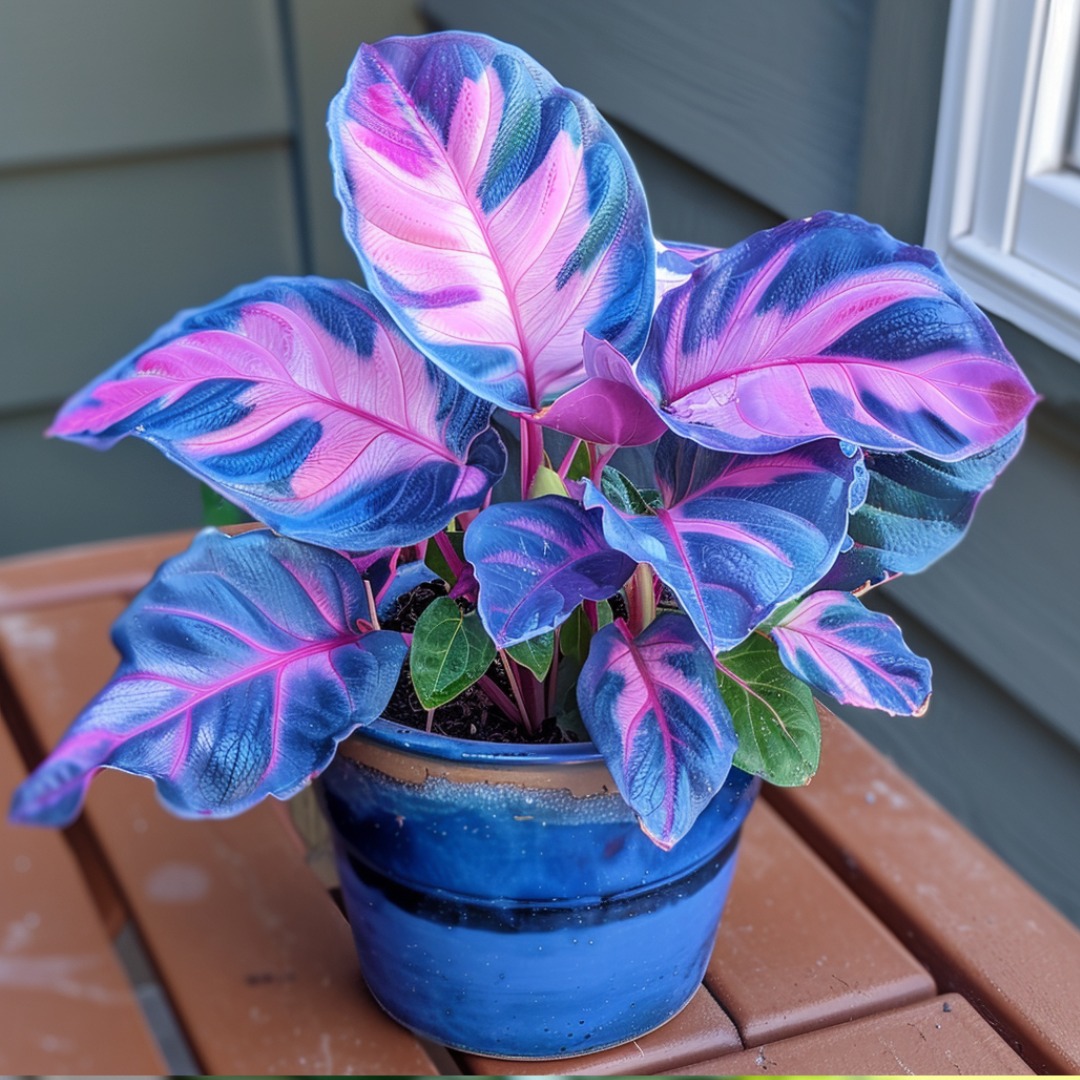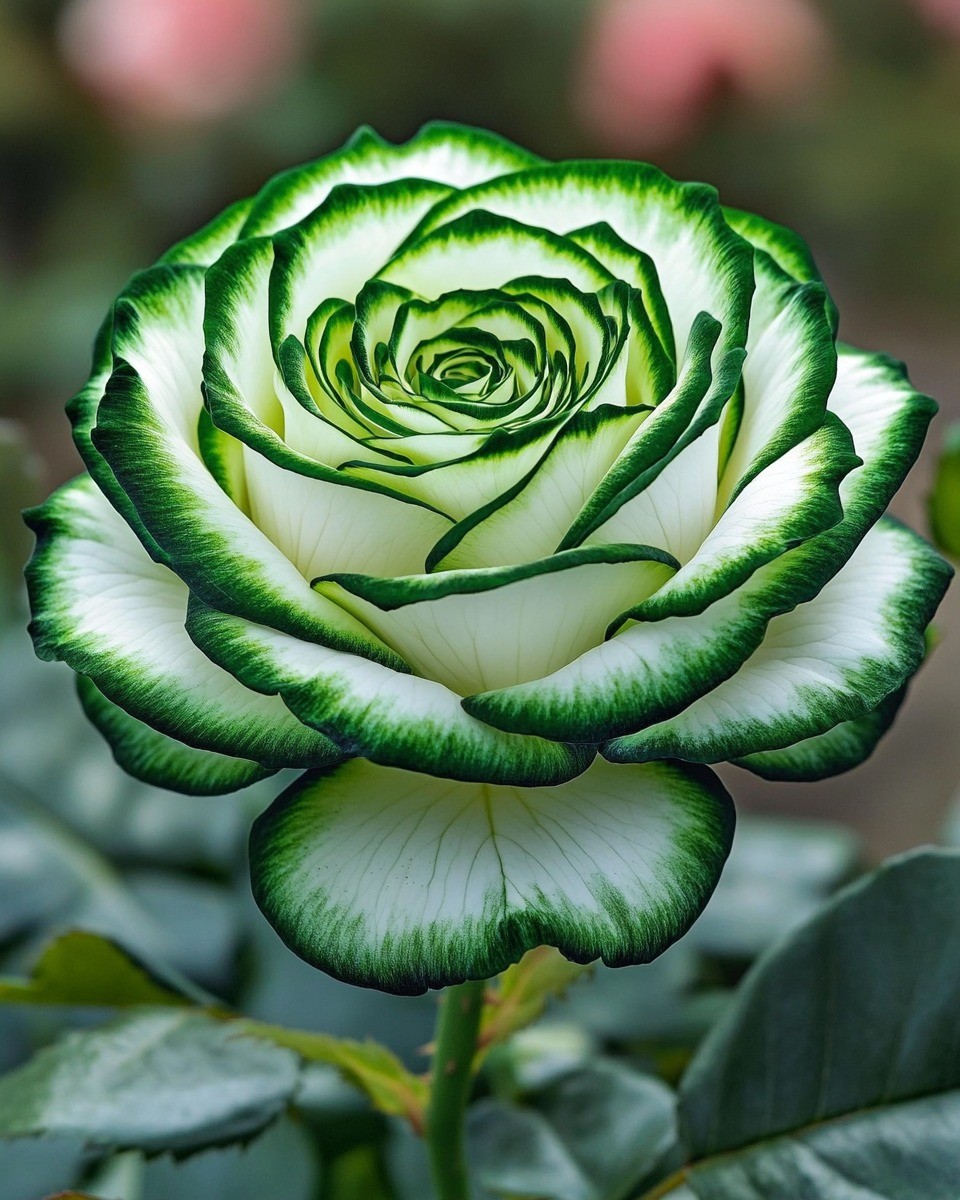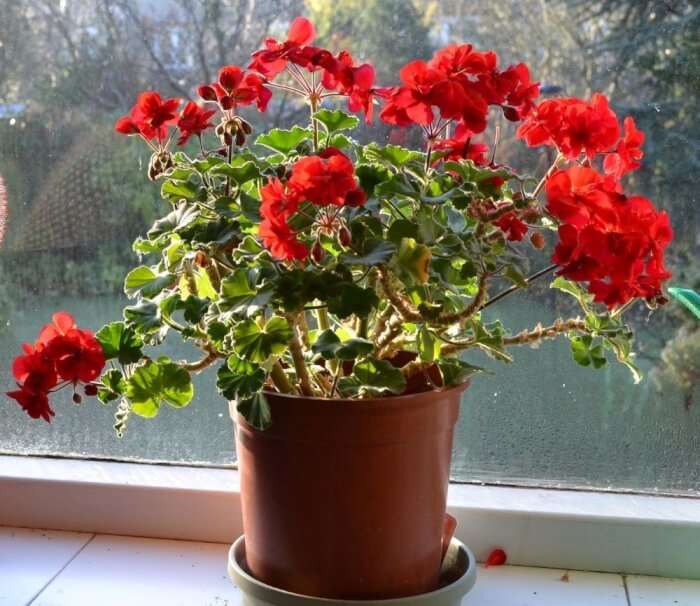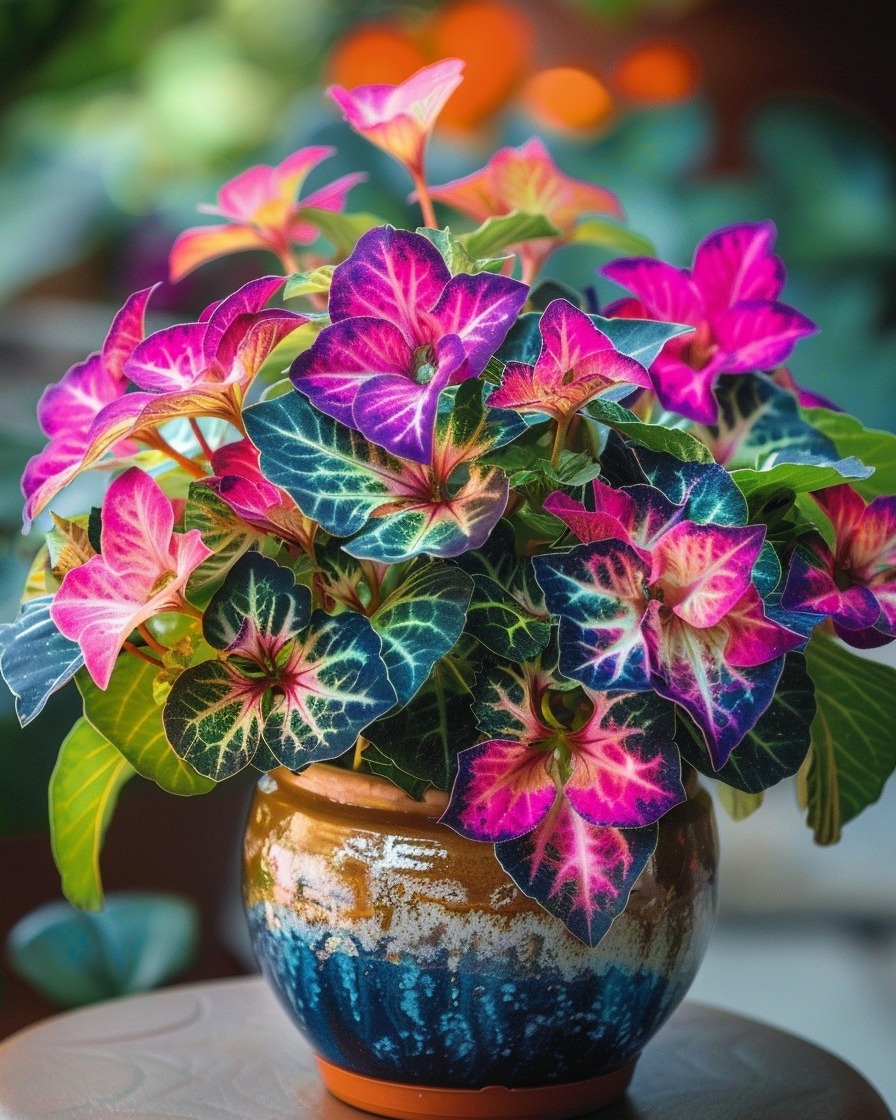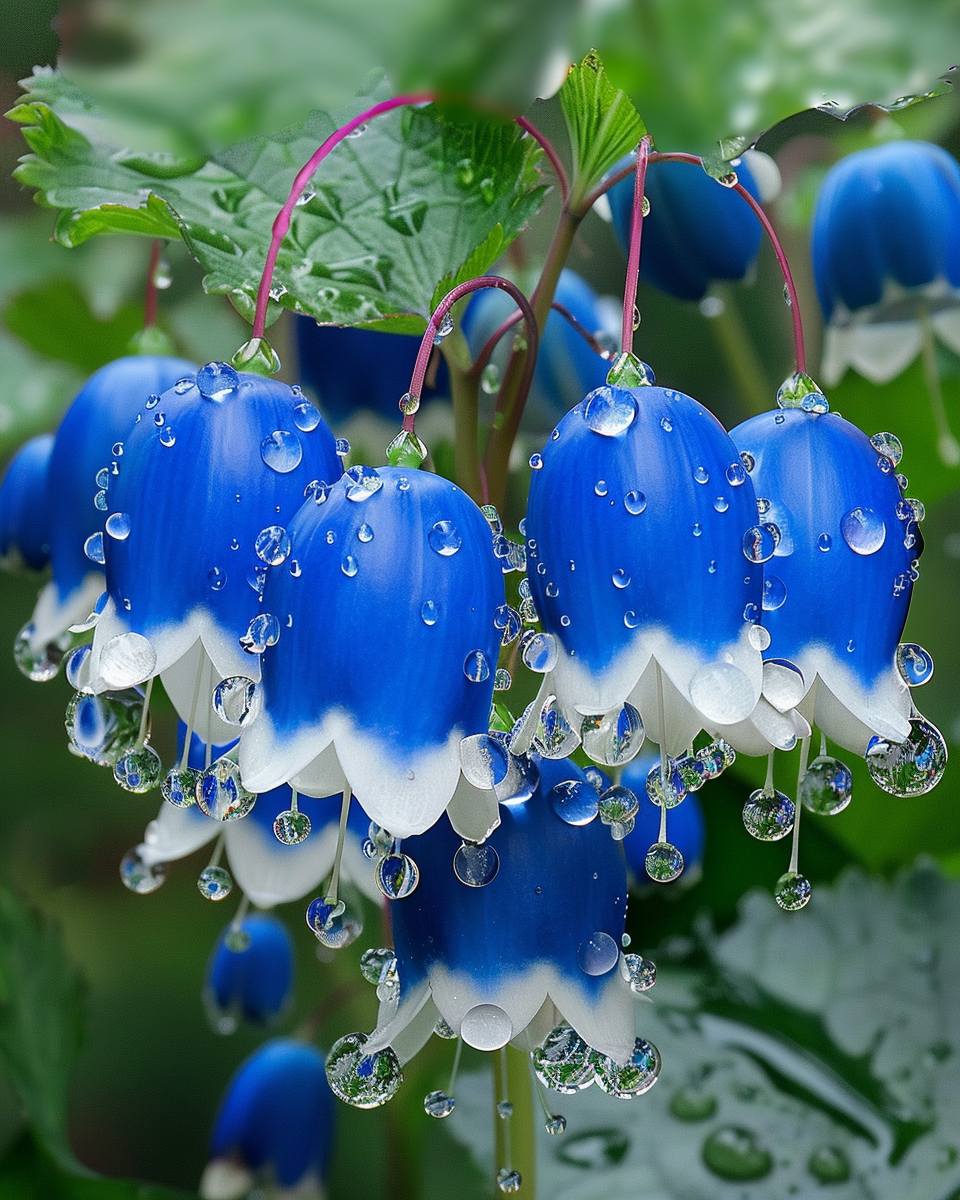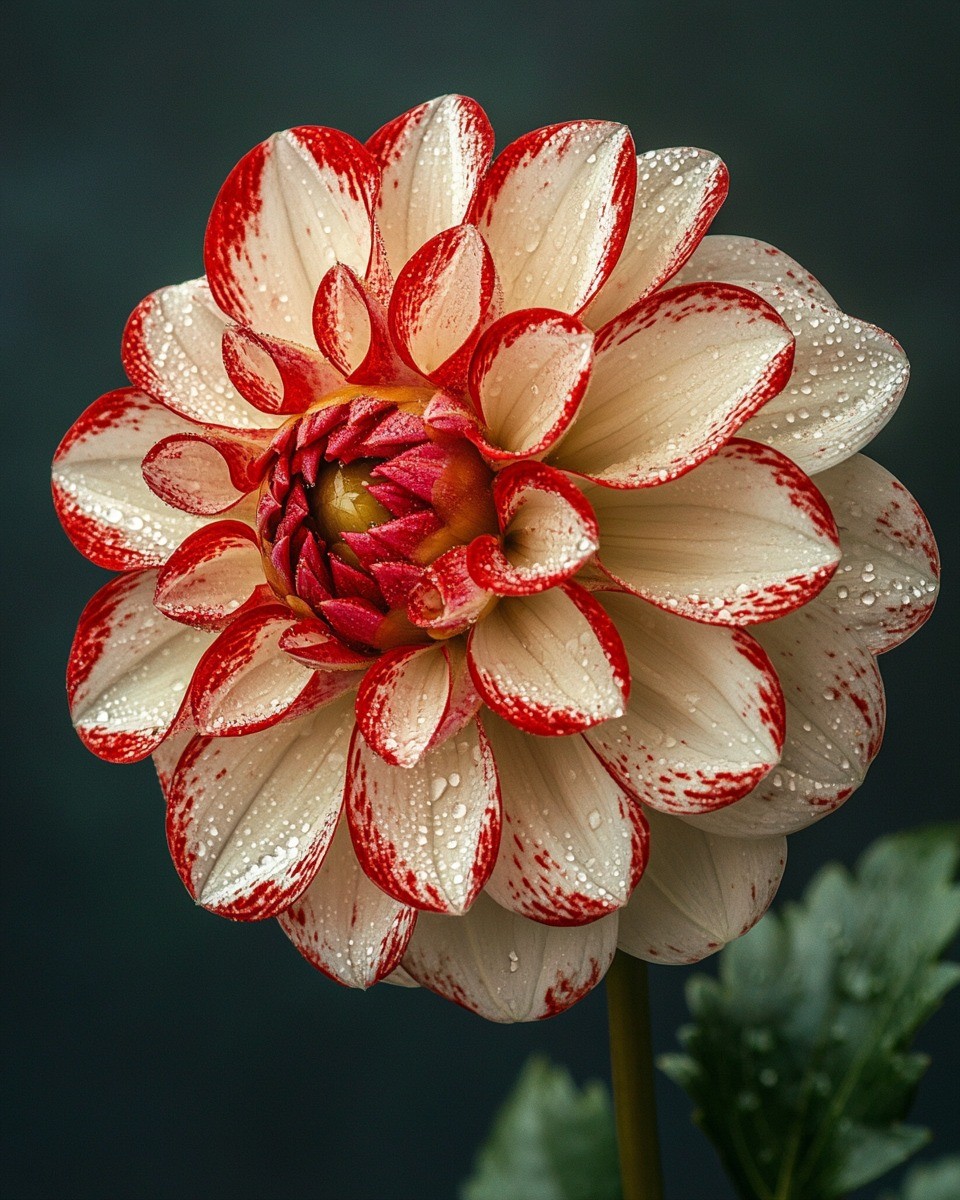On This Page
How to Grow Cleome (Spider Flower)
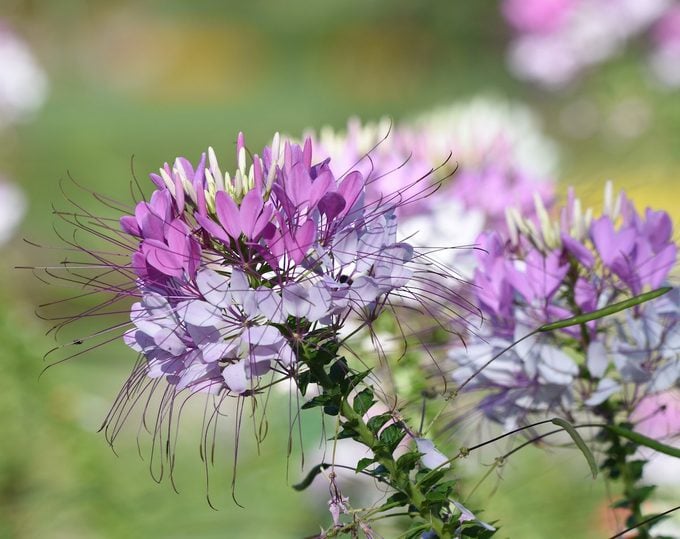 Courtesy Ginny Phillips
Courtesy Ginny PhillipsScientific name: Cleome spp.Common name: Spider flowerZone: Zone 9 t0 11, or grown as an annualLight: Full sunSize: 2 to 6 feet, depending on the cultivarPollinators: Hummingbirds, bees and butterflies
Native to South America, cleome (also known as spider flower) blooms from summer to frost with large pink, lavender, or white flower heads. Stalks tend to reach 5 to 6 feet, but short cultivars can be grown in containers. Grown as annuals, cleome plants are heat tolerant and adaptable to most soil conditions. Plant spider flowers in a group, or pair with other annuals and perennials in the garden.
Although these plants can get quite tall, there’s no need to stake them, fertilize, or deadhead. As the flowers fade, whorls of long, thin seedpods develop at a 90-degree angle to the main stalk—like spider legs. These split open to disperse small seeds in the garden. Sharp spines sit at the base of the sticky leaves, which are known to produce a musky odor.
These are the most colorful hummingbird flowers you should grow.
Does Cleome Attract Pollinators?
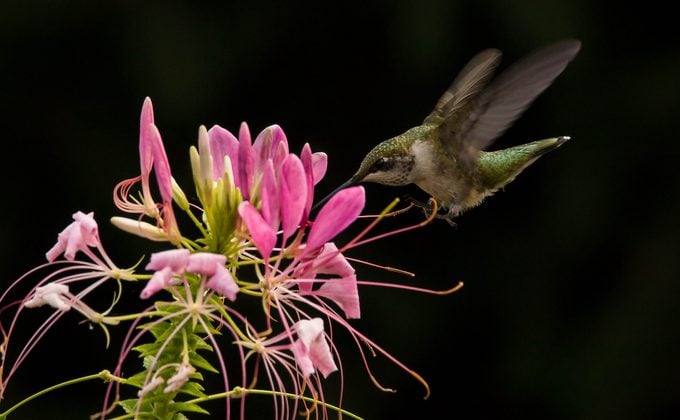 Courtesy Susan Grove
Courtesy Susan GroveWildlife benefits abound with spider flower. Gardeners can draw in swallowtail butterflies, hummingbirds, and hummingbird moths, and goldfinches feast on its seeds. “Cleome plants are well-loved by birds and butterflies, and (they) can’t be beaten when it comes to heat and drought tolerance,” explains Jeanine Standard, media coordinator for Proven Winners.
Many gardeners like the way cleome self-seeds and see it as a perfect cottage garden plant. Bountiful flowers appear all summer long, and whimsical volunteer cleomes grow through cracks between pavers. However, some might wish to curb cleome’s tendency to spread.
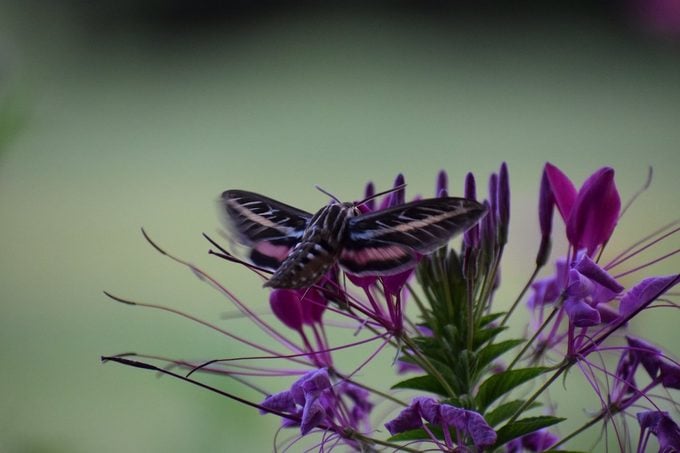 Courtesy Lorry Venetta
Courtesy Lorry Venetta“There can be a problem with self-seeding, but we manage this by weeding out the area and changing the planting location each season,” says Tammy Burke, staff horticulturist for the American Horticultural Society. “The benefits cleome provides, such as interesting textural blooms, exciting colors, and a nectar source for pollinators, outweigh the self-seeding problem.”
Cleome Pests and Problems
Deer and rabbit resistant, cleome possesses no serious insect or disease problems. Gardeners might see aphids, spider mites, or whiteflies, but these won’t kill the plants. Provide adequate spacing and good air circulation to protect against powdery mildew.
Starting Cleome From Seed
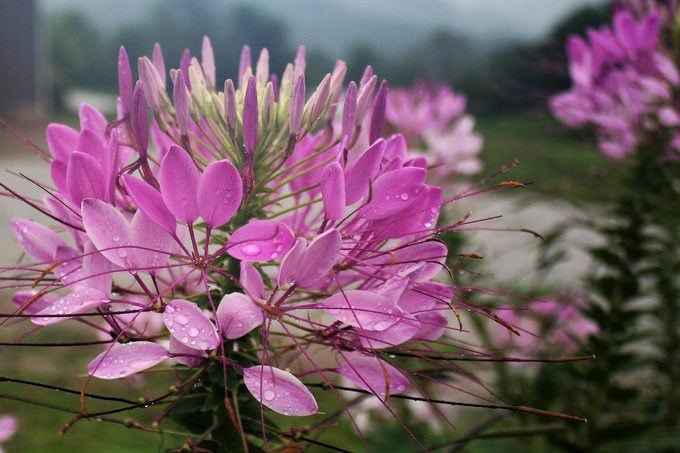 Courtesy Tamara Hess
Courtesy Tamara HessTo grow cleome from seed, sow seeds directly into the garden after the last frost. Indoors, start the growing process under lights one month before the last frost. Some varieties benefit from stratification, a moist, cold period, to encourage germination. To stratify, place seed in a moist paper towel and fold. Then place the seed and towel in a plastic bag. Put the bag in the refrigerator for several days prior to germinating.
“Before sowing cleome seed, I pre-chill seed in the refrigerator for three to five days,” Tammy says. “Chilling the seed seems to help with faster germination.”
Some older varieties (Queen series) can be grown from seed. Newer sterile cultivars (Linde Armstrong, Clio) cannot be grown from seed, but also do not self-seed in the garden. With this range of cultivars, whether short or tall, self-seeding or sterile, there’s truly a cleome for every gardener.
Next, learn why nicotiana is a hummingbird garden’s best kept secret.
Sources
- Clemson Cooperative Extension, “Cleome or Spider Flower.”
- North Carolina State Extension, “Cleome.”
- Mississippi State University Extension, “Senorita Rosalita, Sparkler cleomes are good in gardens.”
- Ball Horticultural Company
About The Experts
Jeanine Standard is the media coordinator for the Proven Winners plant brand. Her role entails working with the brand’s social media as well as its public relations efforts.
Tammy Burke serves as staff horticulturist for the American Horticultural Society. Previously she held the title of senior horticulturalist for Meadowlark Botanical Gardens in Wolf Trap, Virginia, where she worked for more than 20 years.
